Customer-centric businesses know the value of connecting with customers in meaningful ways, and Salesforce applications make it easier to do just that. By centralizing customer data and enabling personalized communication, Salesforce helps companies engage customers more effectively and respond quickly to their needs.
Whether for sales, service, or marketing, Salesforce applications provide essential tools for nurturing relationships, improving customer satisfaction, and achieving sustainable growth. In this blog, we’ll dive into how Salesforce applications support customer-focused business success.
Enhancing Experiences with Salesforce Custom Apps
Salesforce custom apps offer powerful tools for businesses to improve customer interactions and engagement.
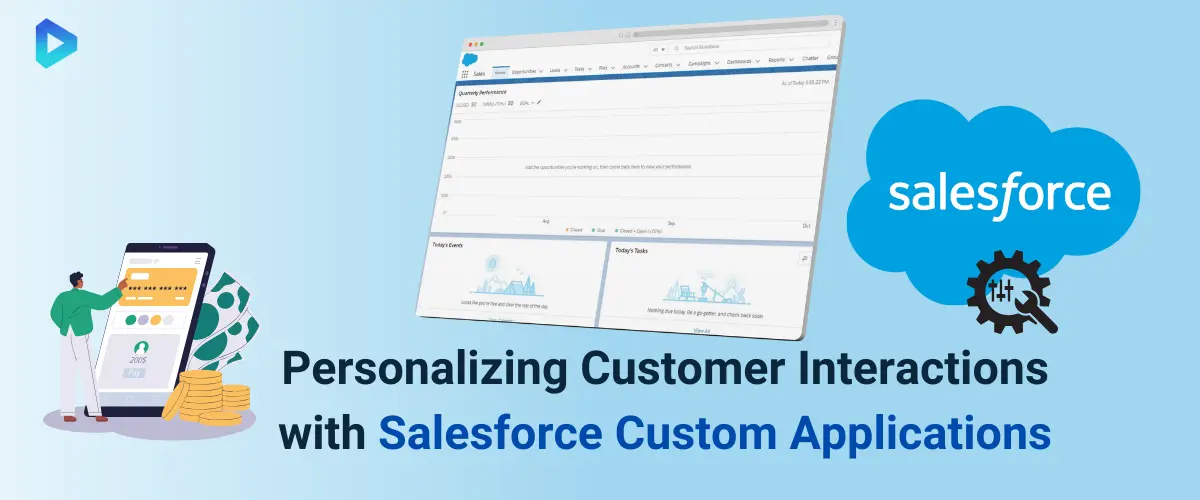 Key Benefits of Custom Apps for Customers
Key Benefits of Custom Apps for Customers
Custom Salesforce apps allow businesses to tailor customer experiences, addressing specific needs and preferences. With personalized features, these apps help businesses build loyalty by offering intuitive and relevant user experiences.
Custom apps enable efficient data collection, allowing businesses to respond promptly to customer feedback and preferences. Additionally, custom Salesforce apps support integration with existing tools, ensuring that all customer data is in one place for a seamless experience, which ultimately boosts satisfaction and retention.
How Custom Apps Improve Customer Engagement
Custom Salesforce applications drive engagement by streamlining the communication between businesses and customers. Through personalized interfaces, customers can easily access services and interact with brand representatives, creating a more immersive experience.
The real-time data from custom apps also enables companies to tailor content and offers to specific audiences, improving relevancy. By delivering targeted and timely information, businesses encourage customers to engage more frequently, leading to improved loyalty and retention rates.
Examples of Effective Salesforce Custom Applications
Many businesses leverage Salesforce custom apps for specific, impactful use cases. For instance, a retail company might use a custom app to track purchase history and recommend products tailored to individual customers. Another example is in the healthcare industry, where custom apps help providers manage patient communications and organize care plans, creating more personalized experiences.
Financial institutions also use custom apps for secure, on-demand access to account information, providing customers with greater control over their finances. These examples illustrate how Salesforce custom apps can significantly enhance user engagement and satisfaction across sectors.
Driving Flexibility with the Salesforce Mobile App
The Salesforce mobile app empowers teams by providing access to key data on the go.
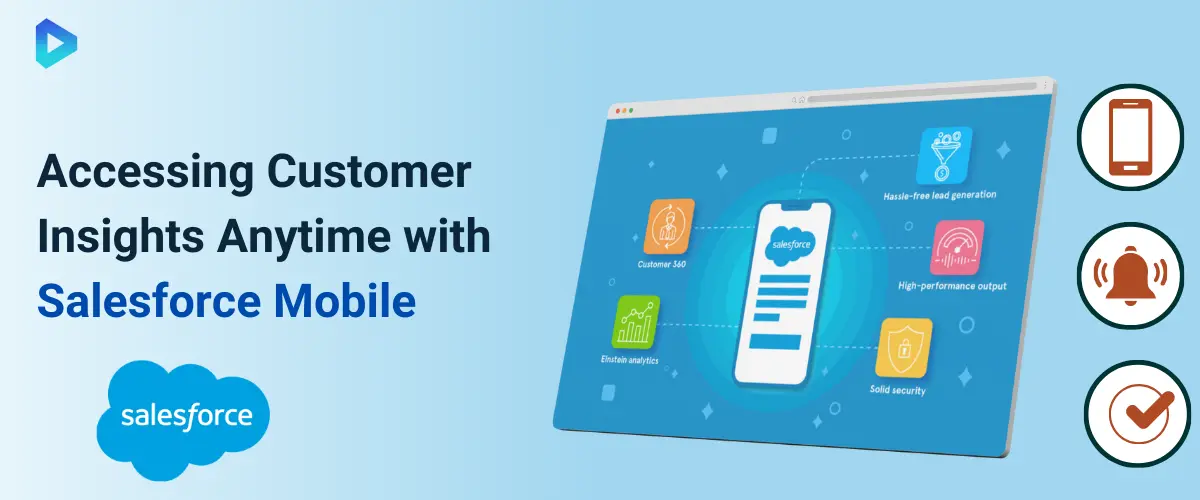 Key Benefits of the Salesforce Mobile App for Flexibility
Key Benefits of the Salesforce Mobile App for Flexibility
The Salesforce mobile app enhances business flexibility, allowing employees to access critical information and tools from any location. It enables real-time updates, ensuring that teams are aligned regardless of where they are working.
With mobile capabilities, sales and service reps can respond to customer needs on the spot, making interactions more efficient and effective. Additionally, the app's intuitive design helps users navigate tasks with ease, leading to quicker workflows and streamlined communication within teams.
How the Salesforce Mobile App Boosts Customer Engagement
By enabling on-the-go accessibility, the Salesforce mobile app enhances customer engagement. Sales and support teams can instantly access customer records, purchase histories, and preferences during interactions, creating a seamless experience.
Real-time insights help team members personalize interactions, whether in-store, online, or at events. This immediate access to data fosters stronger customer relationships, as reps can address issues or provide tailored recommendations instantly, significantly improving customer satisfaction and loyalty.
Examples of Effective Use of the Salesforce Mobile App
Businesses across industries leverage the Salesforce mobile app to achieve impressive results. Retail teams use it to access inventory and customer details during in-person meetings, enhancing personalized service. Healthcare providers rely on the app to check patient records remotely, facilitating a coordinated approach to patient care.
Field service teams in utilities and manufacturing also use the mobile app for tracking work orders and equipment history, allowing for faster issue resolution and improved customer experiences. These use cases demonstrate the mobile app's ability to support dynamic, responsive customer service and operations across sectors.
Building Efficient Solutions with Salesforce Platform App Builder
Salesforce Platform App Builder empowers businesses with customized, efficient app solutions.
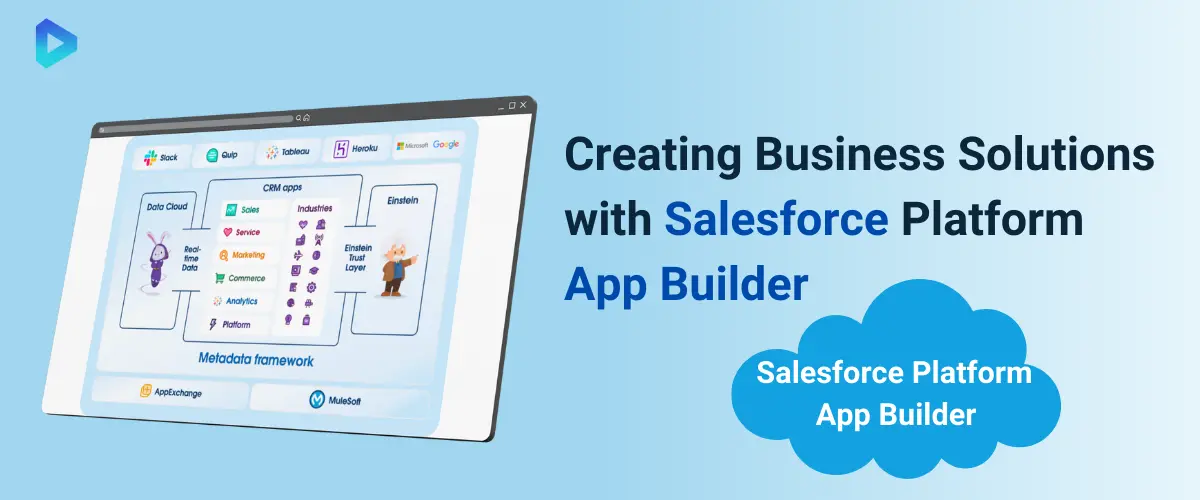 Features of the Salesforce Platform App Builder
Features of the Salesforce Platform App Builder
The Salesforce Platform App Builder offers powerful features for creating custom applications with ease and efficiency. It enables users to develop apps using point-and-click tools, making the process accessible even for those without coding expertise.
Key features include drag-and-drop functionality, pre-built components, and seamless integration with Salesforce data, allowing developers to quickly build apps tailored to specific business needs. Additionally, the builder supports both mobile and desktop interfaces, ensuring that solutions are responsive and adaptable across devices.
How Platform App Builder Streamlines Customization
The Platform App Builder simplifies the customization process, providing businesses with the flexibility to create applications that align perfectly with their workflows. By enabling modular development, users can adjust components without disrupting the entire system, ensuring minimal downtime.
This streamlined approach to customization accelerates app deployment, allowing businesses to quickly adapt to changing requirements. Furthermore, the builder's integration capabilities make it easy to connect new apps with existing Salesforce solutions, creating a unified platform for seamless data flow.
Best Practices for Using the App Builder
To get the most out of the Salesforce Platform App Builder, following best practices is essential. Start by clearly defining your business needs to ensure that app features align with your objectives. Leverage the pre-built components whenever possible to save time and maintain consistency across your applications.
It’s also important to test applications on multiple devices to guarantee responsiveness. Finally, involve end-users in the development process to incorporate valuable feedback, which will help create user-friendly and efficient solutions tailored to actual workflow demands.
Optimizing Recruitment with Salesforce ATS Integration
Salesforce ATS integration streamlines recruitment, enhancing efficiency and candidate management capabilities.
 Why Salesforce ATS Enhances Hiring Processes
Why Salesforce ATS Enhances Hiring Processes
Salesforce ATS (Applicant Tracking System) integration revolutionizes hiring by automating tasks, reducing manual efforts, and ensuring a smooth recruitment workflow. It streamlines candidate tracking, from initial application to final hiring decisions, providing real-time updates to hiring managers and recruiters.
With Salesforce ATS, businesses can seamlessly manage candidate data, making it easier to access, filter, and rank applicants. This optimized process not only accelerates hiring but also helps teams focus on selecting the best candidates, thus enhancing overall hiring quality and efficiency.
Key Features of Salesforce ATS for Recruitment
Salesforce ATS offers essential features that support and simplify recruitment. It provides customizable dashboards to monitor hiring progress, automated workflows for candidate communication, and robust reporting tools that track key metrics such as time-to-hire and candidate source effectiveness.
The platform’s data-driven insights help recruiters refine their strategies based on performance trends. Additionally, integration with other Salesforce applications enables a holistic view of candidate profiles, allowing recruiters to make more informed hiring decisions based on comprehensive data.
Leveraging ATS for Better Candidate Management
Effective candidate management is essential for a positive hiring experience, and Salesforce ATS excels in this area. It centralizes candidate information, making it easy to review profiles, track application statuses, and communicate promptly.
By setting automated reminders and follow-ups, recruiters can maintain engagement with candidates throughout the hiring process. The ATS also enables seamless collaboration among hiring team members, ensuring that everyone is aligned and can make timely, informed decisions, resulting in a more structured and transparent recruitment process.
Salesforce SaaS for Scalable Business Growth
Salesforce SaaS solutions enable scalable growth through streamlined, cloud-based operations.
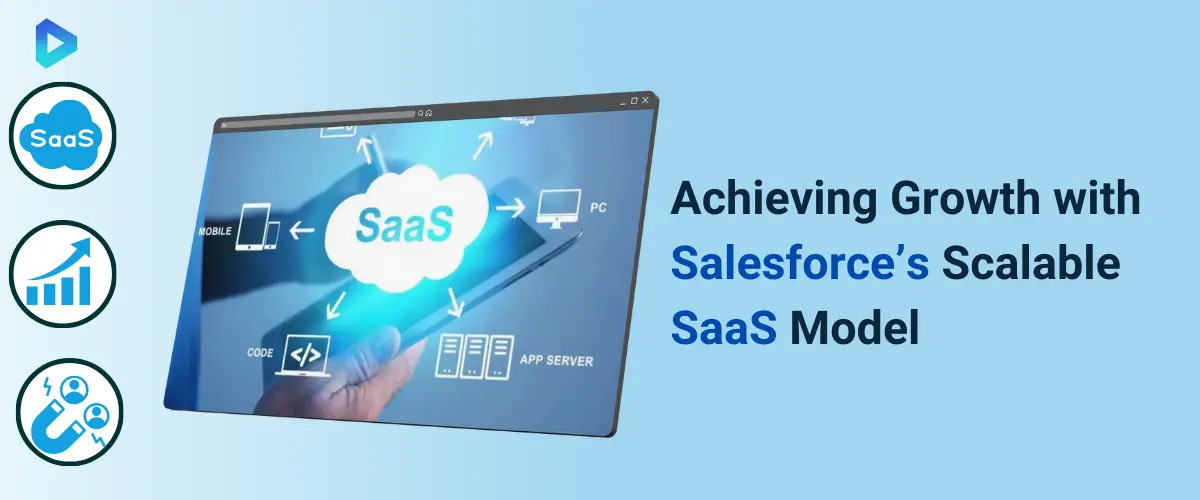 Overview of Salesforce SaaS Solutions
Overview of Salesforce SaaS Solutions
Salesforce offers a range of SaaS (Software as a Service) solutions designed to support scalable business growth. Its cloud-based CRM, analytics, marketing, and service platforms allow businesses to access and manage critical data in real-time.
This flexibility enables companies to quickly adapt to changing market conditions and customer demands without needing extensive IT infrastructure. With automatic updates and security management, Salesforce SaaS solutions ensure that businesses remain up-to-date and can efficiently meet operational requirements while supporting future growth.
Benefits of SaaS for Customer-Centric Businesses
Salesforce SaaS solutions are invaluable for customer-centric businesses, enabling deeper insights into customer needs and fostering better relationships. SaaS allows teams to access data from any device, ensuring they stay connected to customer data and insights.
With enhanced visibility into customer journeys, businesses can personalize experiences and respond proactively. Furthermore, SaaS reduces IT overhead by offering cloud-based maintenance, security, and upgrades, letting teams focus on delivering exceptional customer service and experiences while staying aligned with customer preferences and behaviors.
How SaaS Drives Efficiency and Collaboration
Salesforce SaaS boosts efficiency and collaboration by centralizing data and automating workflows across teams. Cloud accessibility ensures that employees can access real-time information from any location, facilitating seamless collaboration and quick decision-making.
By automating tasks such as customer follow-ups, order processing, and reporting, SaaS allows teams to dedicate more time to strategic initiatives. Additionally, the SaaS model supports real-time communication between departments, enhancing alignment, transparency, and productivity, all of which contribute to a more cohesive and effective organization.
Streamlining Operations with Salesforce SAP Integration
Integrating Salesforce with SAP empowers businesses with unified data and operational efficiency.
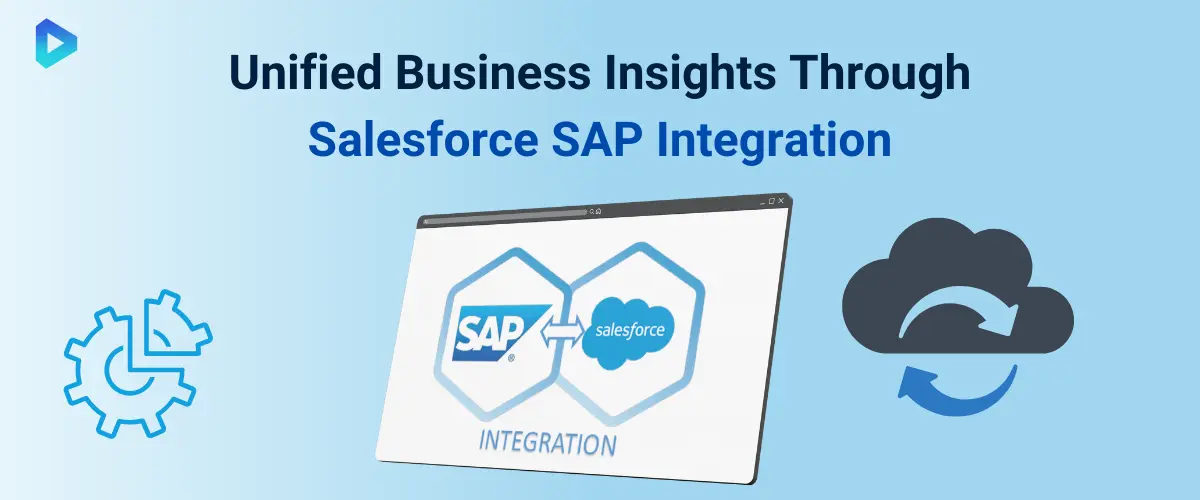 How Salesforce SAP Integration Boosts Efficiency
How Salesforce SAP Integration Boosts Efficiency
Integrating Salesforce and SAP improves overall efficiency by unifying sales, finance, and operations data. With seamless data flow between the two platforms, companies reduce the time spent on manual data entry and eliminate duplications.
This integration enables teams to access customer and transaction data in real time, which enhances decision-making and allows quick responses to market demands. Streamlined workflows help businesses keep up with customer needs, maintain consistency, and optimize resource utilization.
Key Benefits of Integrating SAP with Salesforce
The Salesforce-SAP integration offers key advantages, including enhanced data accuracy, improved customer insights, and operational flexibility. By merging Salesforce’s CRM capabilities with SAP’s enterprise resource planning, companies gain a full view of customer interactions alongside financial data.
This holistic approach empowers teams to personalize customer experiences and make well-informed decisions. Additionally, the integration supports scalability, as businesses can adapt their CRM and ERP capabilities in sync to match growth, reducing operational bottlenecks and increasing responsiveness.
Best Practices for Salesforce SAP Data Synchronization
Effective data synchronization between Salesforce and SAP ensures data consistency and maximizes the benefits of integration. Begin by identifying key data fields that require regular updates, such as customer information, sales orders, and financial metrics.
Use automated tools to streamline synchronization and minimize errors. Regularly monitor data flow to detect discrepancies early and perform routine audits to maintain accuracy. Clear guidelines on data ownership and access ensure that both systems remain aligned, supporting business processes and enhancing data reliability across departments.

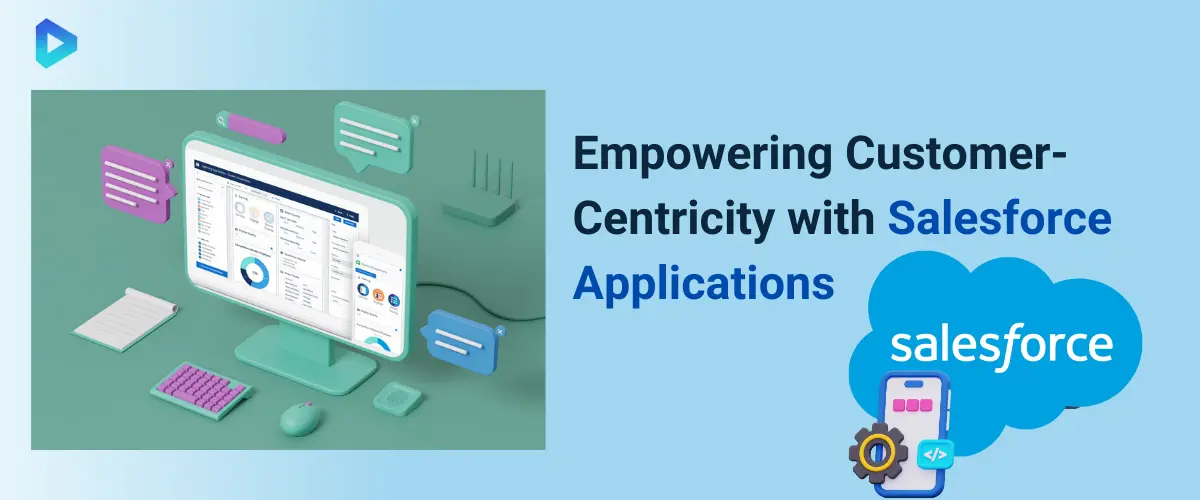

Let's Discuss Your Idea!
Send us your request using the form below.
Contact Info
Our contacts
Thank You!
We will respond to you within 24 hours.